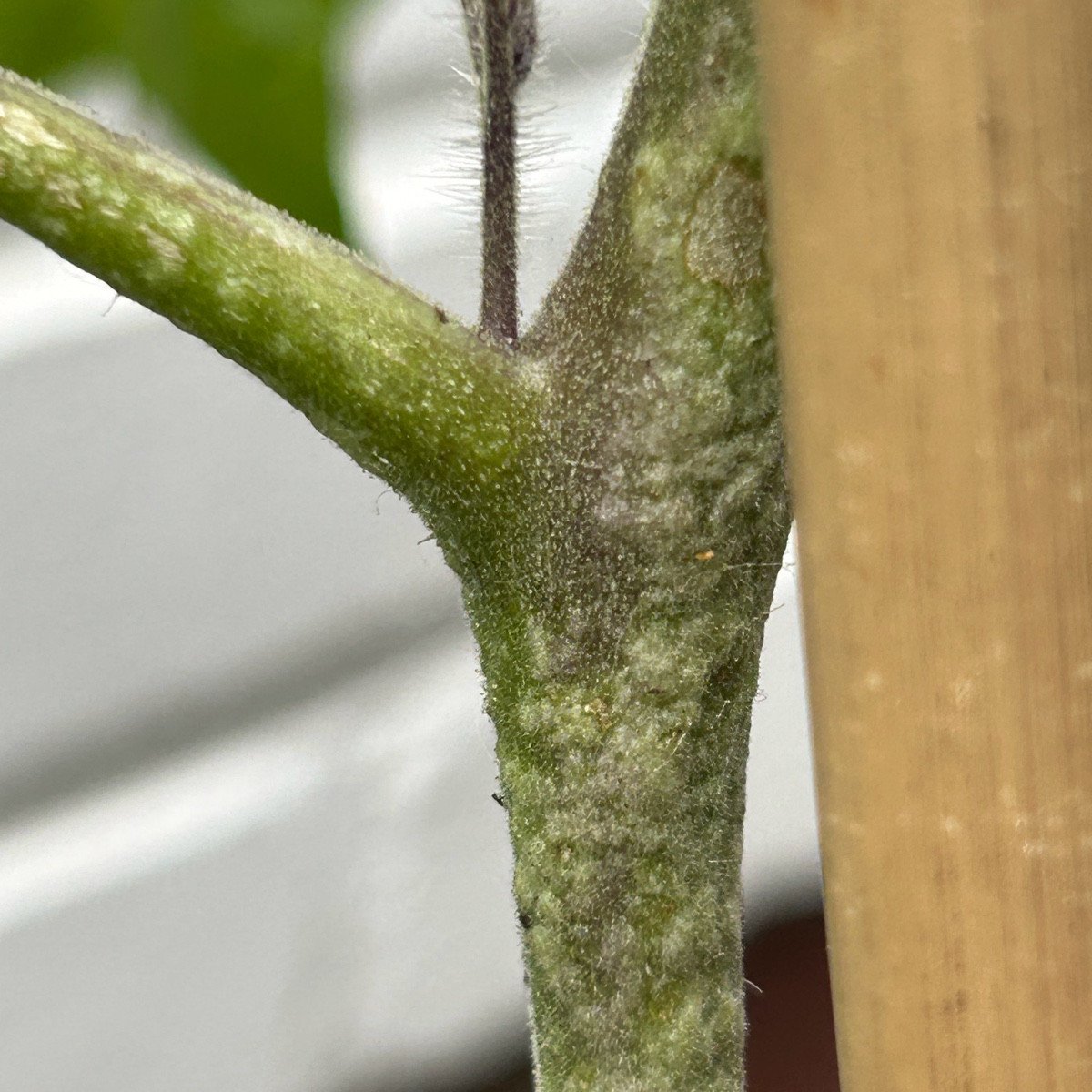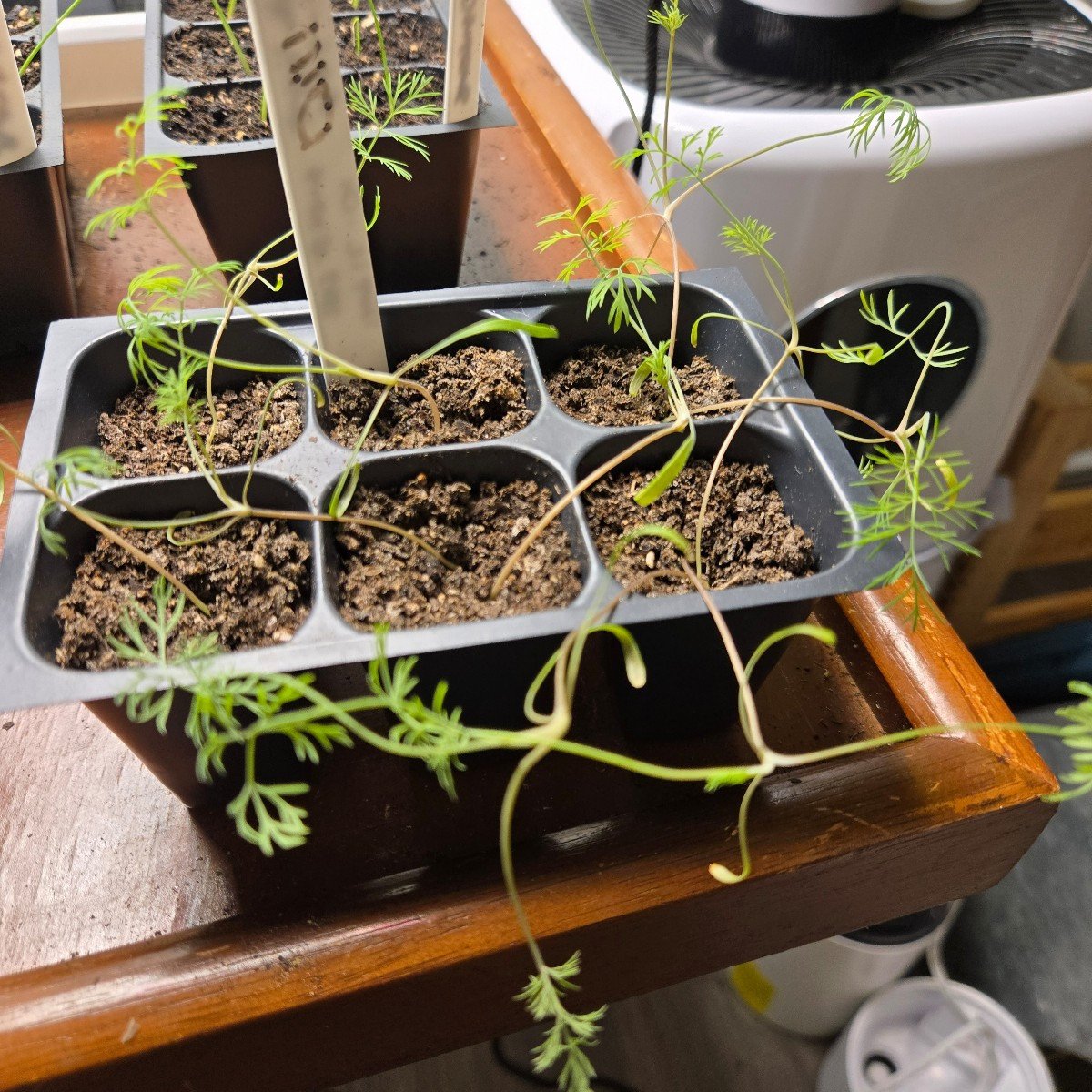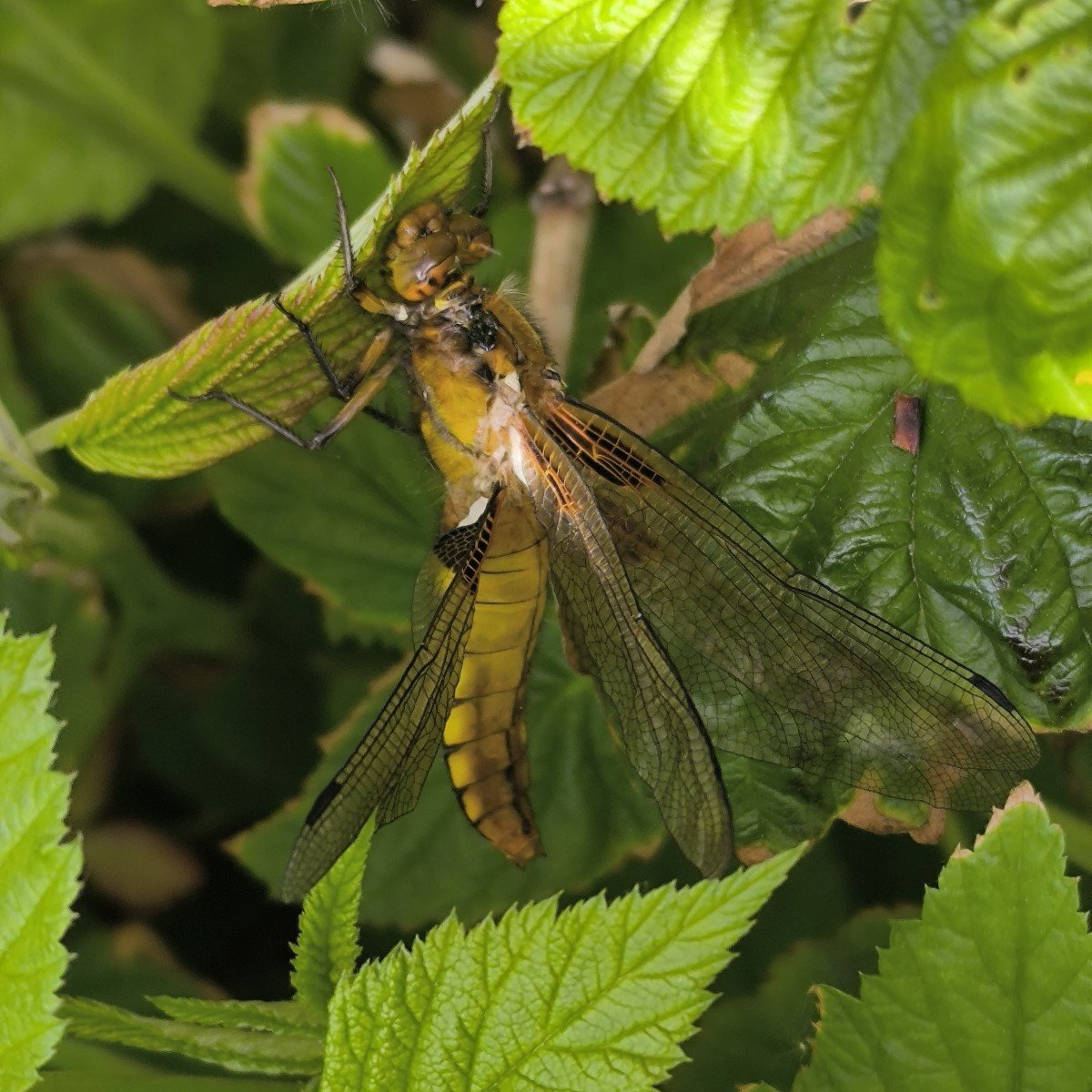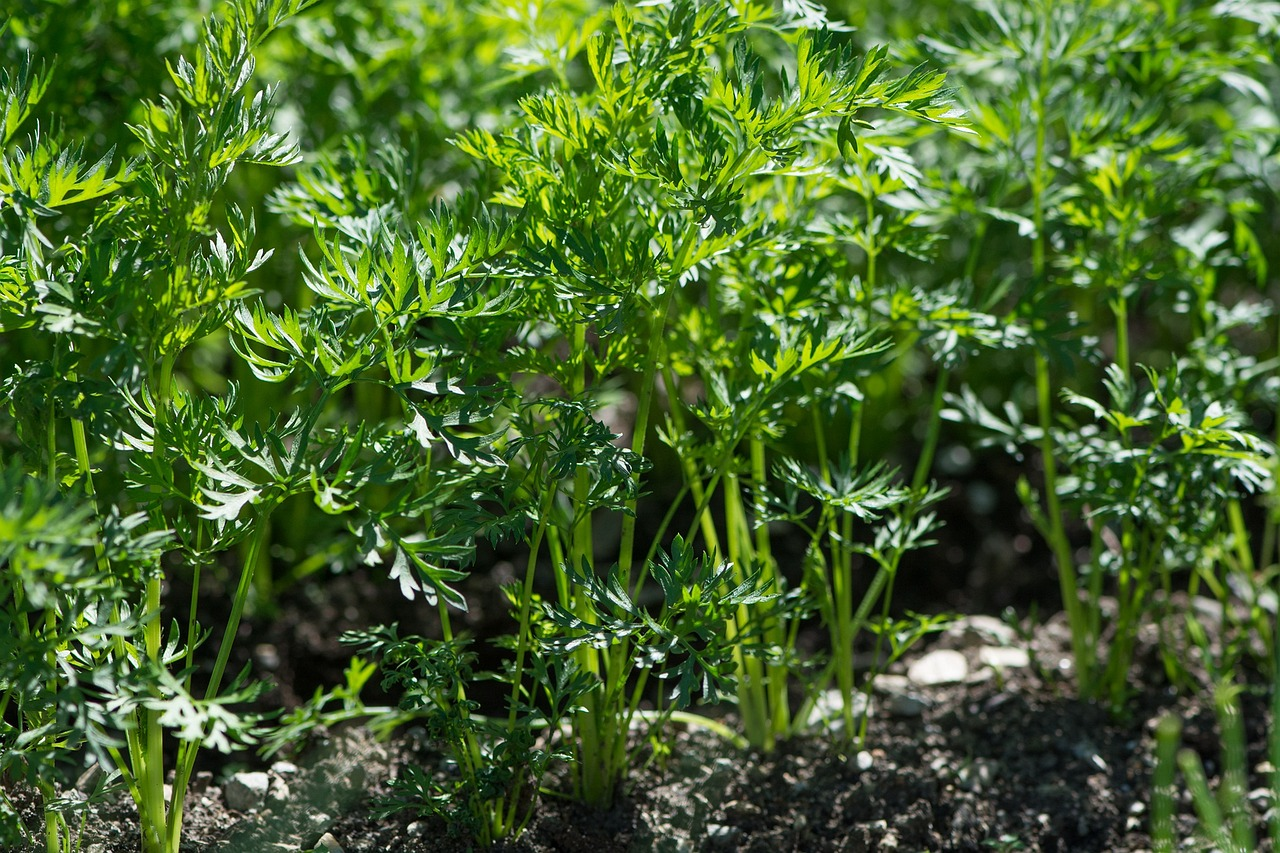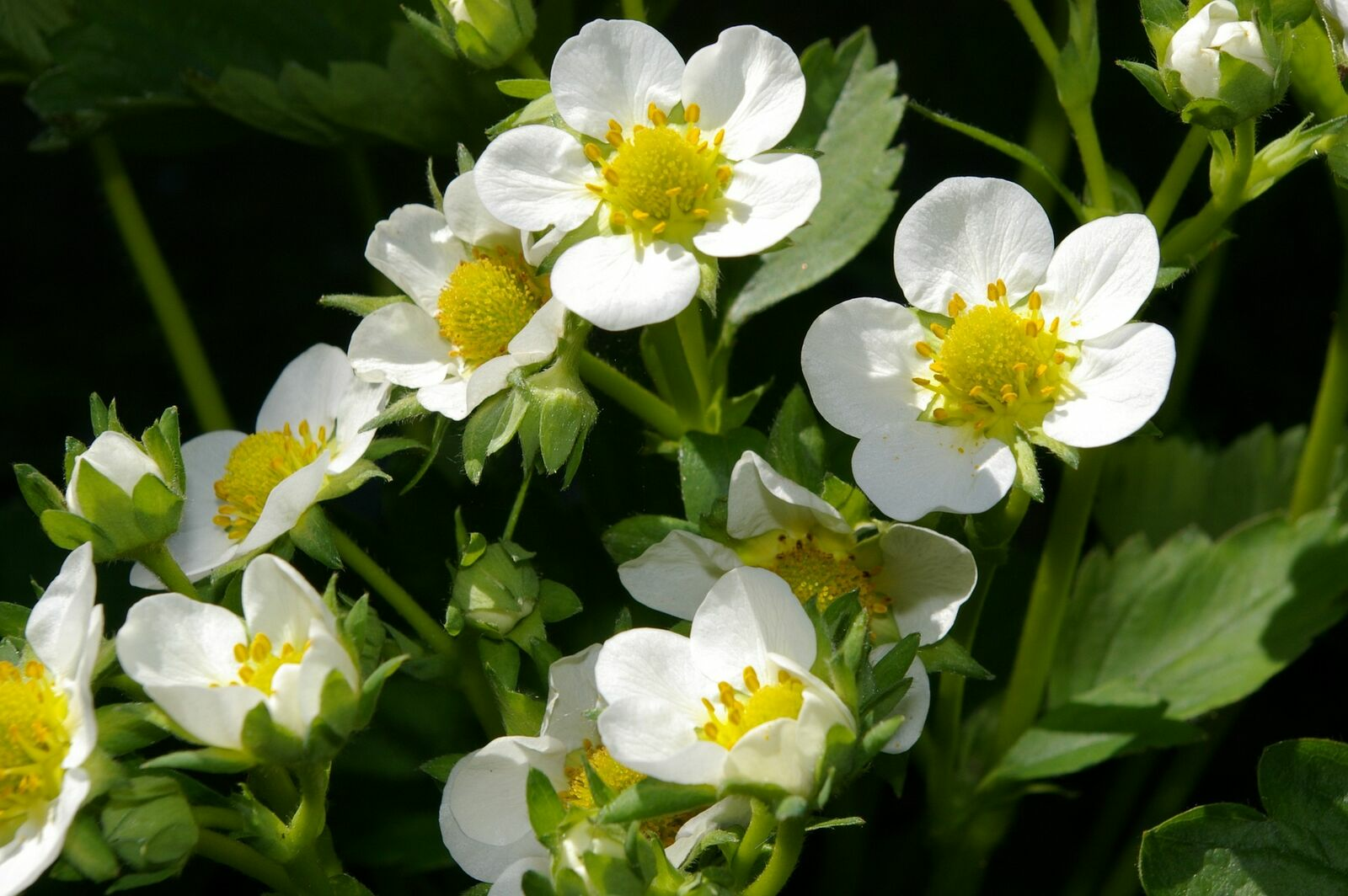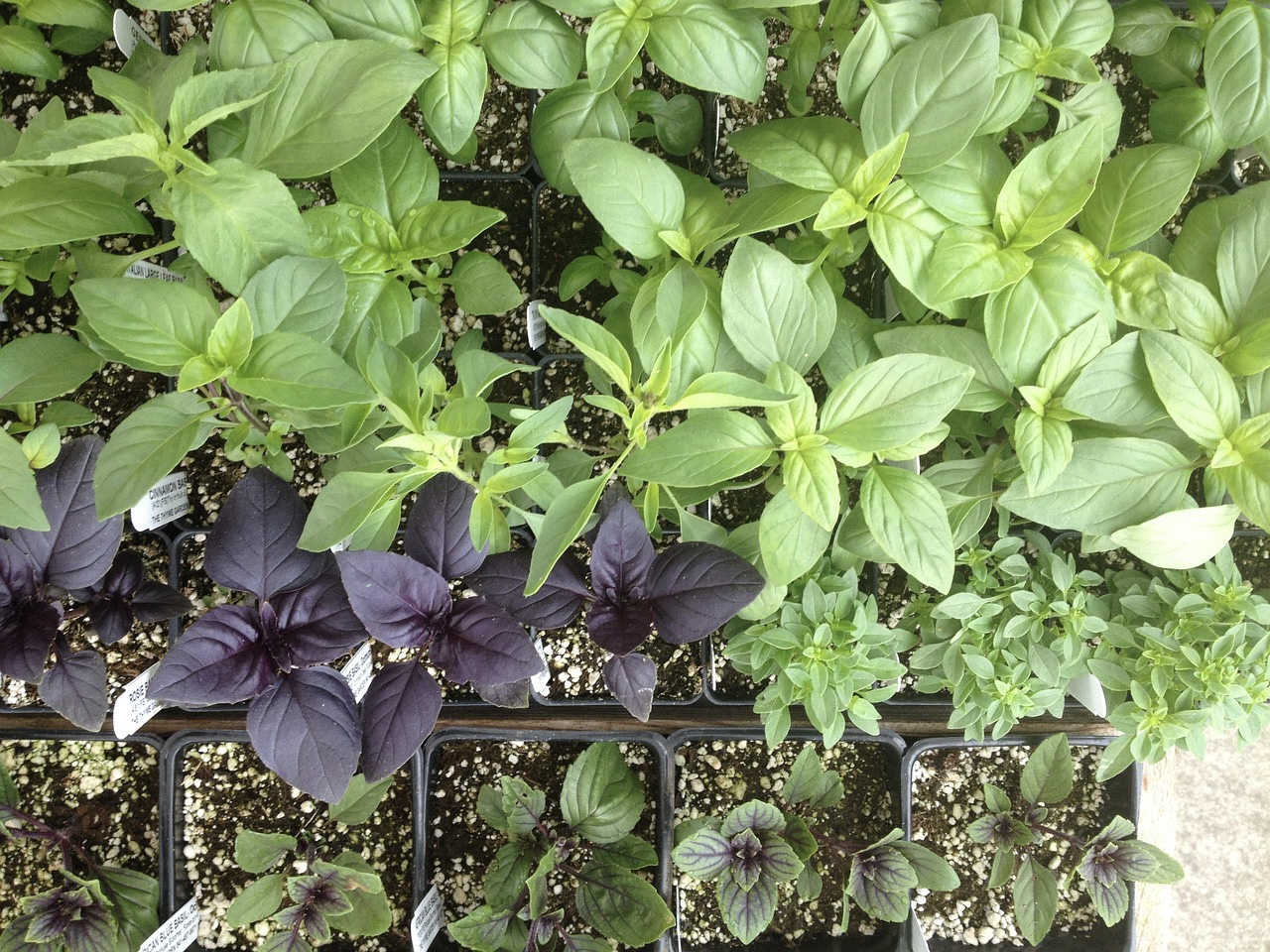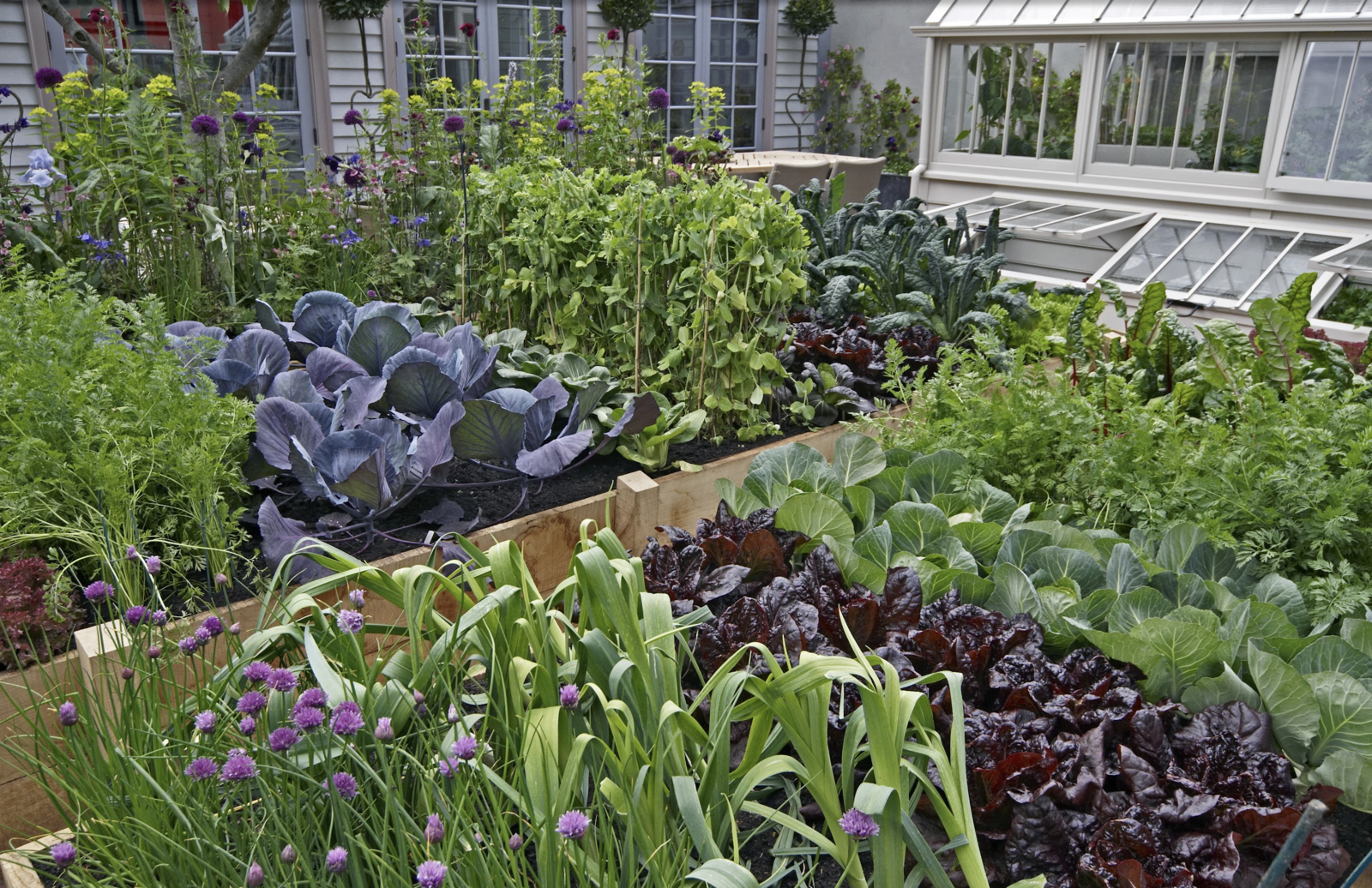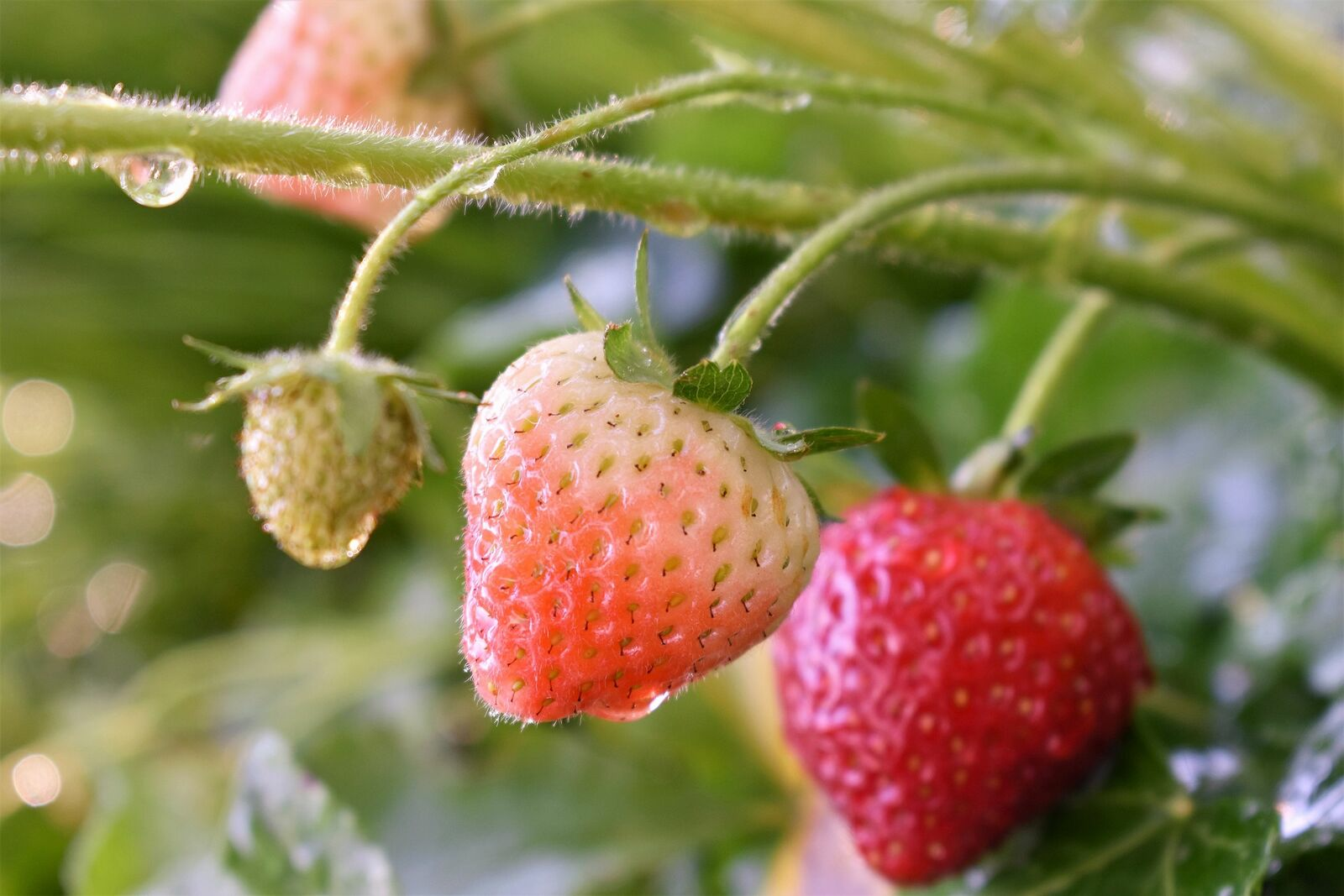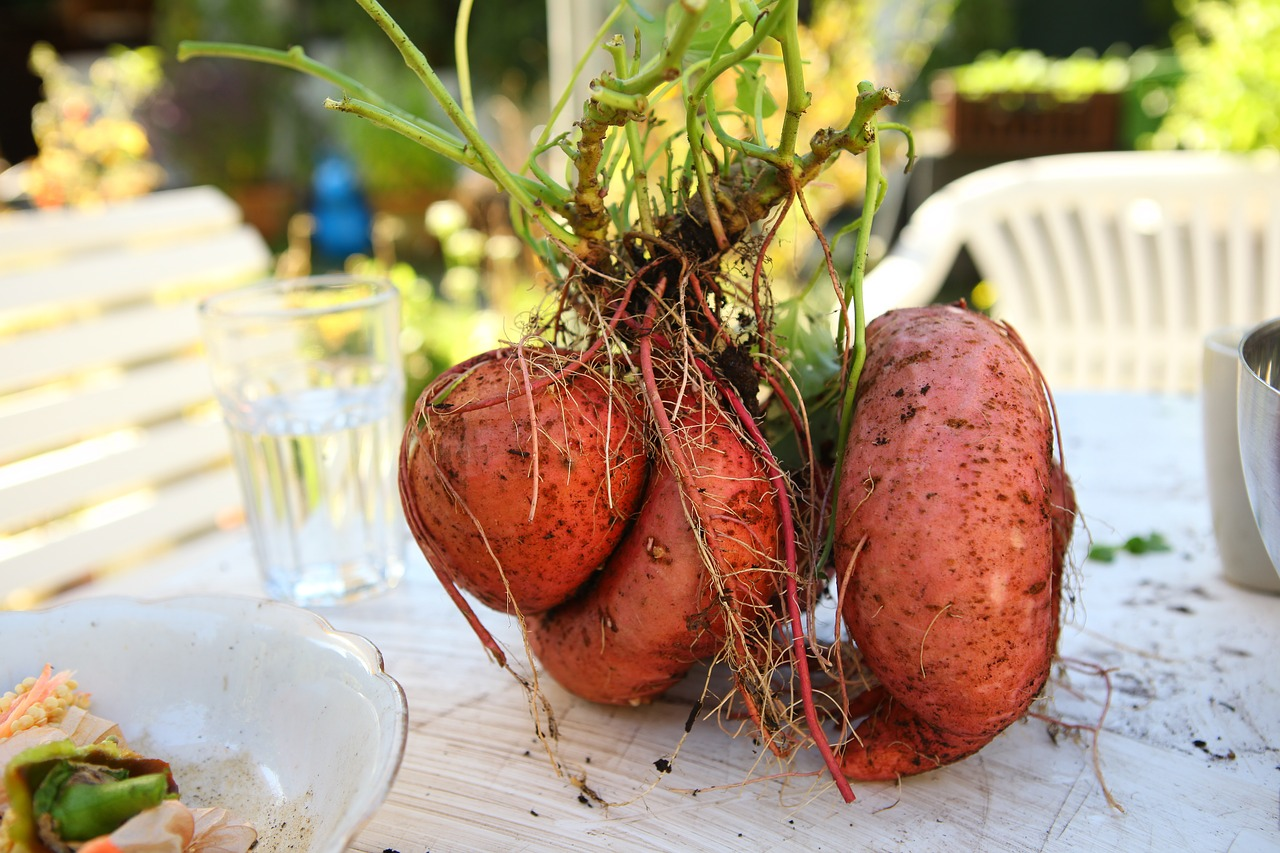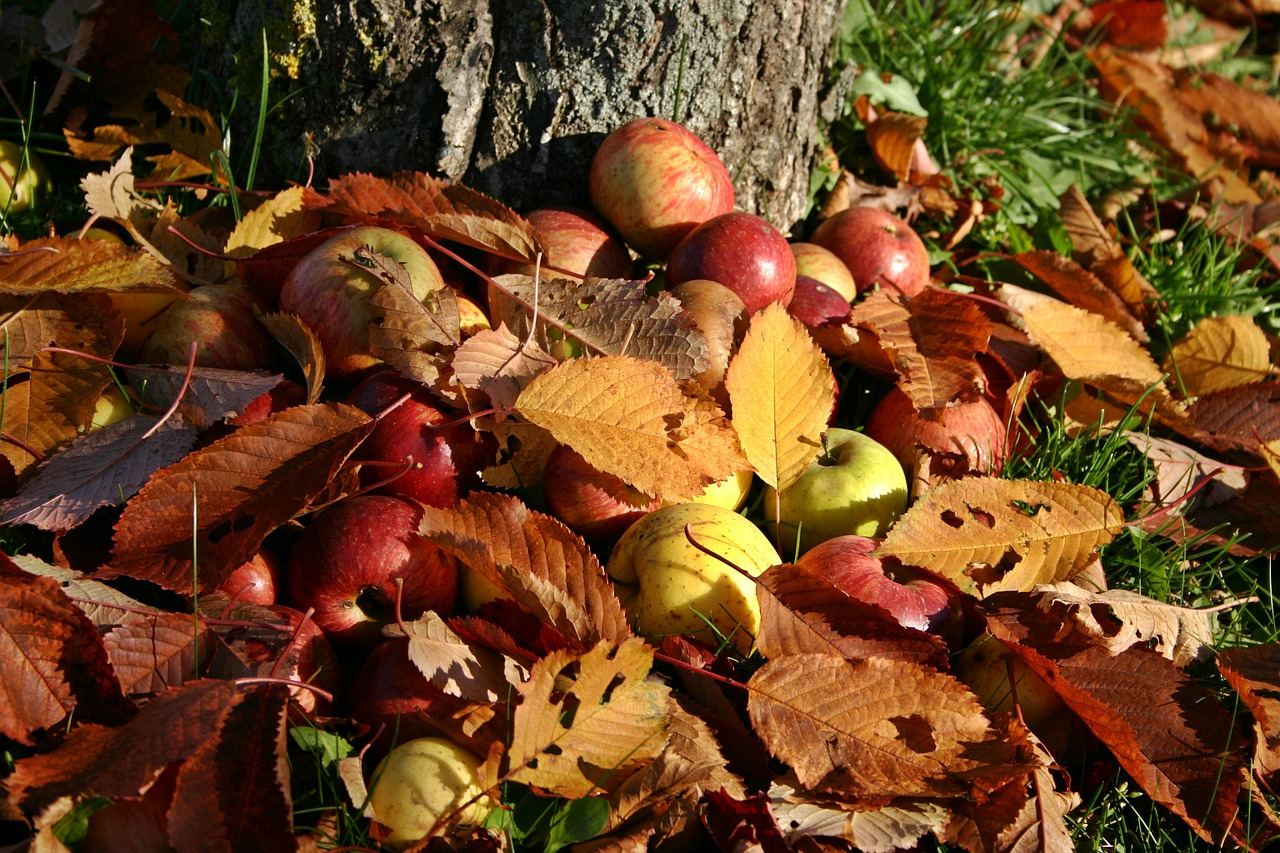
Planting Fruit Trees: About Apples, Pears & Plums
Autumn is the best time to plant hardy fruit trees such as apples, pears, plums or cherries. During the cold season, the trees have enough time to develop roots and sprout again in spring. In this article, you can find out how you should proceed when planting fruit trees in the fall and what you need to bear in mind.
This Article Contains:
- When to Plant Fruit Trees?
- Can You Plant Fruit Trees in Fall?
- Planting Fruit Trees: A Guide
- Table: Which Fruit Trees to Plant Next to Each Other?
- Creating and Designing a Woodland Garden: Step-By-Step
- First Year: Planting Fast Growing Vegetables
- Second Year in the Forest Garden
- Designing the Forest Garden in Subsequent Years
- Frequently Asked Questions About Planting Fruit Trees
Quick Overview
Planting Fruit Trees: The Right Time of Year
- When to plant? Depending on the species, in fall or spring; plant in fall by November at the latest
- Plant fruit trees in spring: nectarine, peach, apricot, walnut
- Plant fruit trees in the fall: apple, pear, mirabelle, plum, cherry
Instructions
- Dig a planting hole (approx. 1.5 times as deep/wide as the root (root ball)
- Bare-root trees: Place the tree on a mound you have created in the planting hole so that the roots hang down at the sides like hairs
- Potted root ball: Carefully break up the roots at the sides and place the root ball in your planting hole
- Add compost, humus or potting compost and, if necessary, rock flour to the planting hole before closing the hole
- Till the soil around the tree
- Spread some mulch around the planting site to suppress weeds, then water well
When to Plant Fruit Trees?
Various fruit trees can still be planted until the end of November. As it is so cold, the trees and shrubs hardly put any energy into their above-ground part, i.e. shoots or leaves. Instead, their focus is on developing strong roots underground. This allows the tree to grow over the winter and then sprout more easily in the spring. However, only hardy varieties such as apples and pears are suitable for planting in winter. On the other hand, there are some fruit tree varieties that do not tolerate the cold so well and are better planted in spring by April at the latest. These include apricots and peaches, for example.
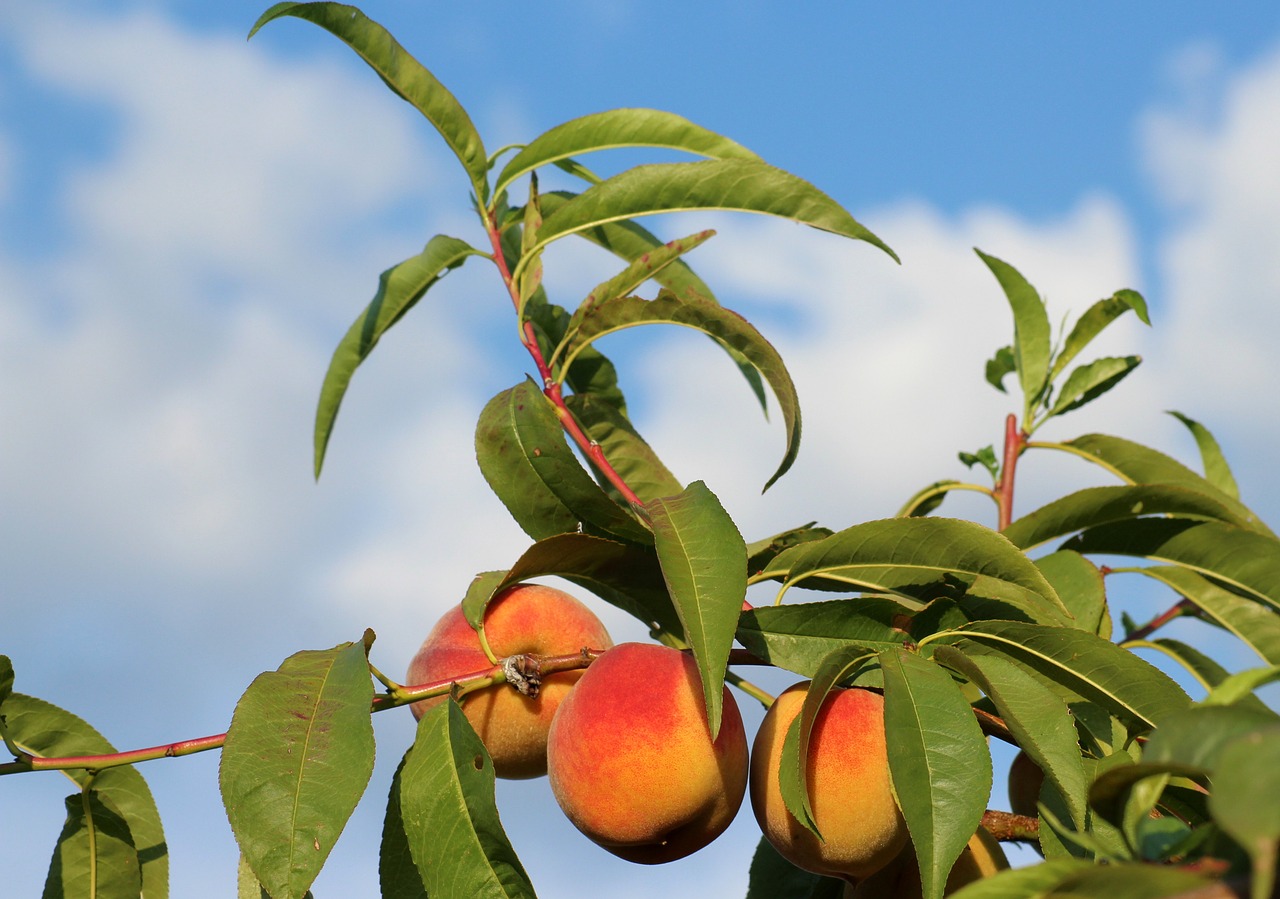
Can You Plant Fruit Trees in Fall?
On the one hand, there are bare-root fruit trees on the market, so called because the roots are sold without soil. These "bare" roots are cheaper and easier to transport, but much more sensitive. To prevent them from dying, they should be protected from drying out in the sun or wind.
Woody plants in potted bales were cultivated in (plastic) containers. Their roots are protected by the surrounding soil, which helps them to grow better. However, care should be taken to ensure that the shrubs have not been growing in the container for too long. If this is the case, the roots will eventually run out of space and start to wrap around themselves. This makes it more difficult for them to grow and, in the worst case, the roots "tie themselves off". The tree then grows much more poorly or even dies. More on this in the Planting chapter.
Table: When to Plant Fruit Trees
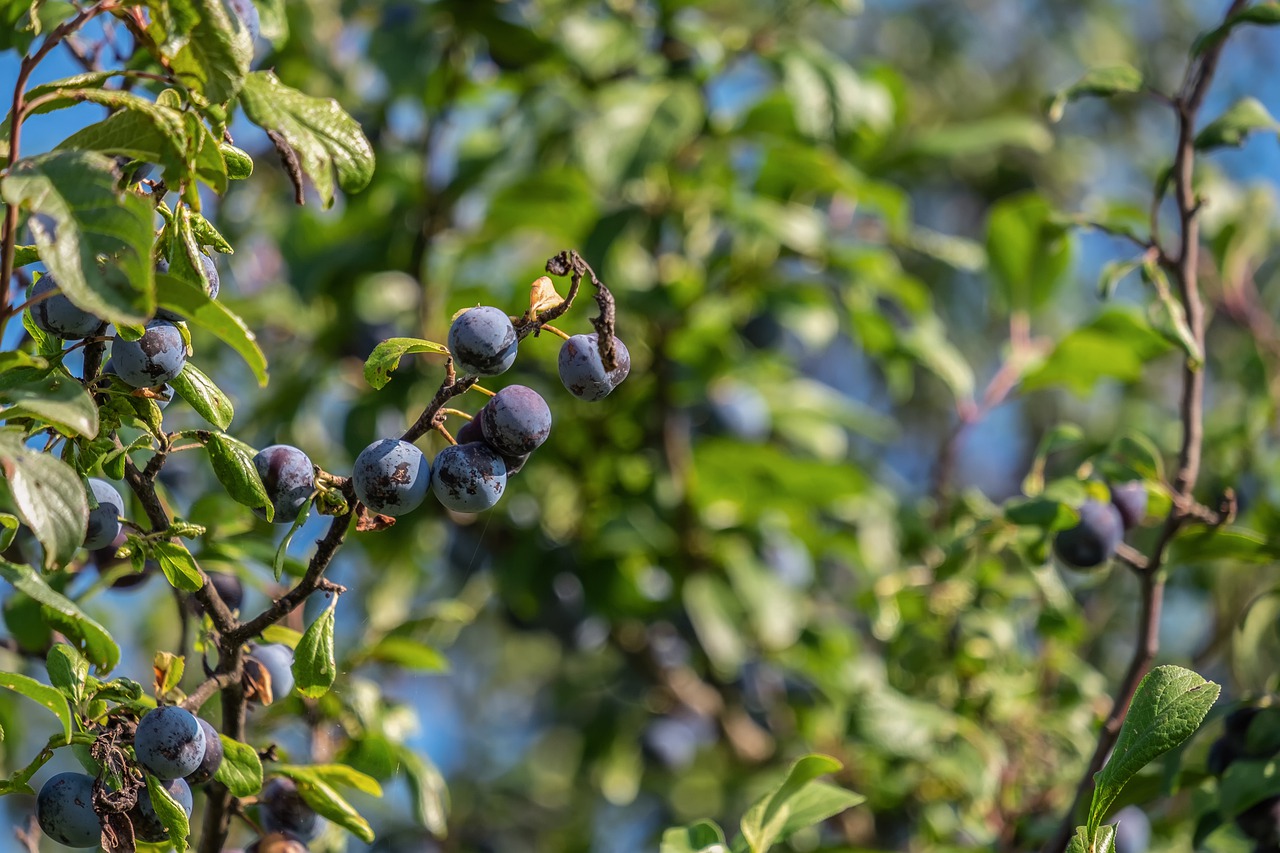
Planting Fruit Trees: A Guide
What You Need:
- Humus, compost or potting soil
- Rock flour or fine sand (for loose grain size and mineral release through micro-orgasms)
- Tree as a seedling
- Spade
Digging the Planting Hole
The planting hole should be approx. one and a half times as deep as the root/root ball of the tree. The same applies to the width of the hole. As a guide, you can plan for a width of approx. 50 - 70 cm/19.7 - 27.6 in. Note, however, that the tree should not be planted deeper than it was in the nursery. The grafting point should also not be planted in, but should protrude from the planting hole. The lower part of a grafted tree (rootstock) consists of a weak-growing variety in most cultivated trees. This ensures that the tree is not too large in the garden and therefore difficult to reach. If you plant the tree above the grafting point, roots can form from the strong-growing upper part (rootstock). This can cause the tree to grow upwards quickly and become very large.
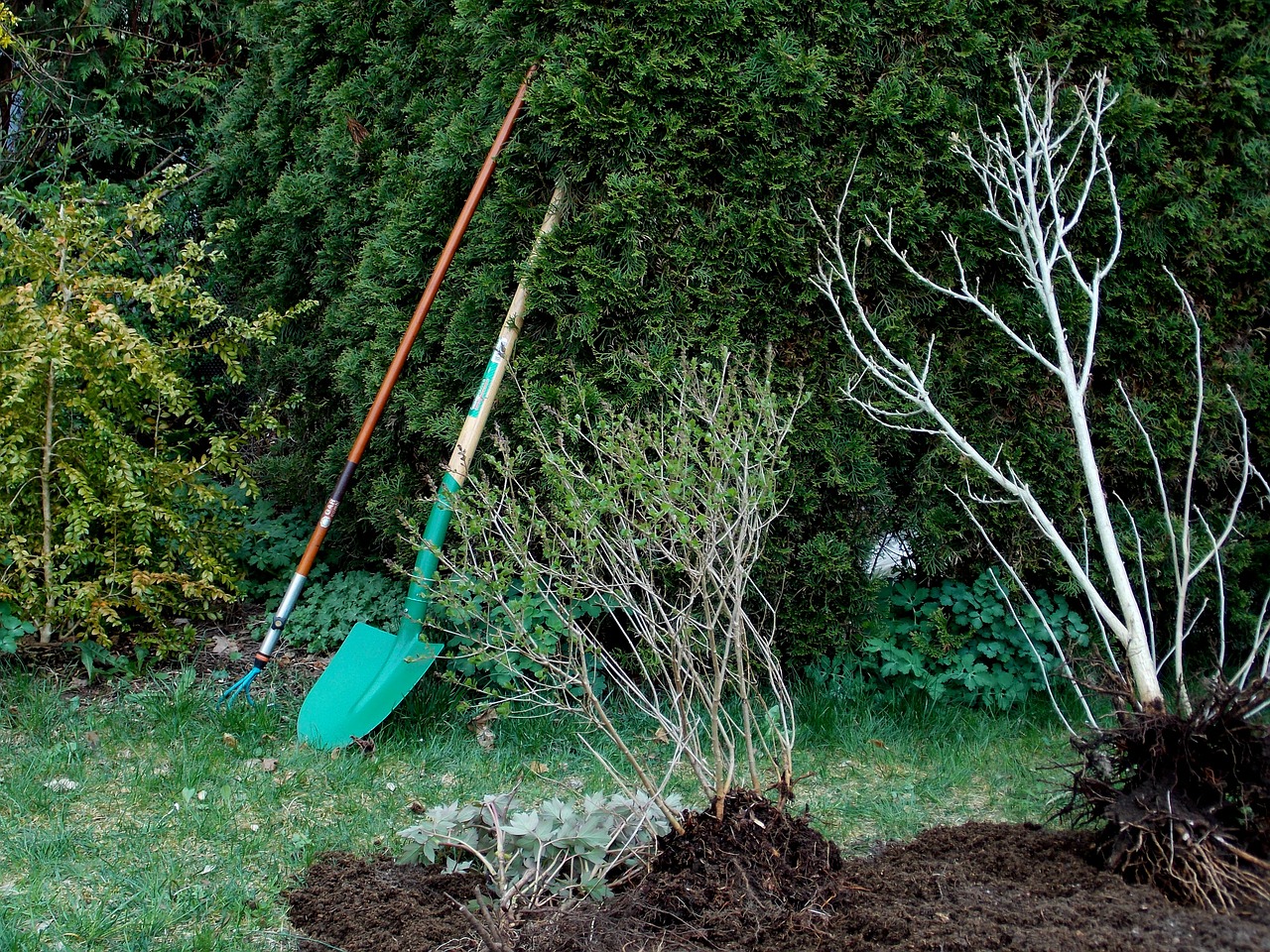
Planting a Fruit Tree: Here’s How
The roots of the tree usually form a kind of "hairstyle". The root arms tend to sprout sideways and should therefore also be placed sideways. To make this easier, form a small mound with the excavated soil in the planting hole and tap it down. You can now place your tree on this mound so that its roots hang down like long hair from a head. This way, the roots will grow downwards easily and won't get in each other's way so quickly.
Now add some Rock Flour to the roots and the rest of the planting hole. Usually 2 large handfuls are enough (depending on the size of the tree/planting hole, of course). Then add a generous layer of humus, compost or potting compost to the roots. This layer will continuously release important nutrients for the young tree. Then fill the planting hole with the remaining excavated soil and tamp it down so that the tree is stable in the ground. It is not a problem if a small mound forms around the tree, as you have added more soil to the planting hole. This mound will give the tree more stability. You can also create a so-called watering mound, as you still have soil left over to pile up anyway. This small, approx. 5 cm high mound can be built around the plant so that the irrigation water does not get lost. Now you can water your freshly planted tree abundantly.
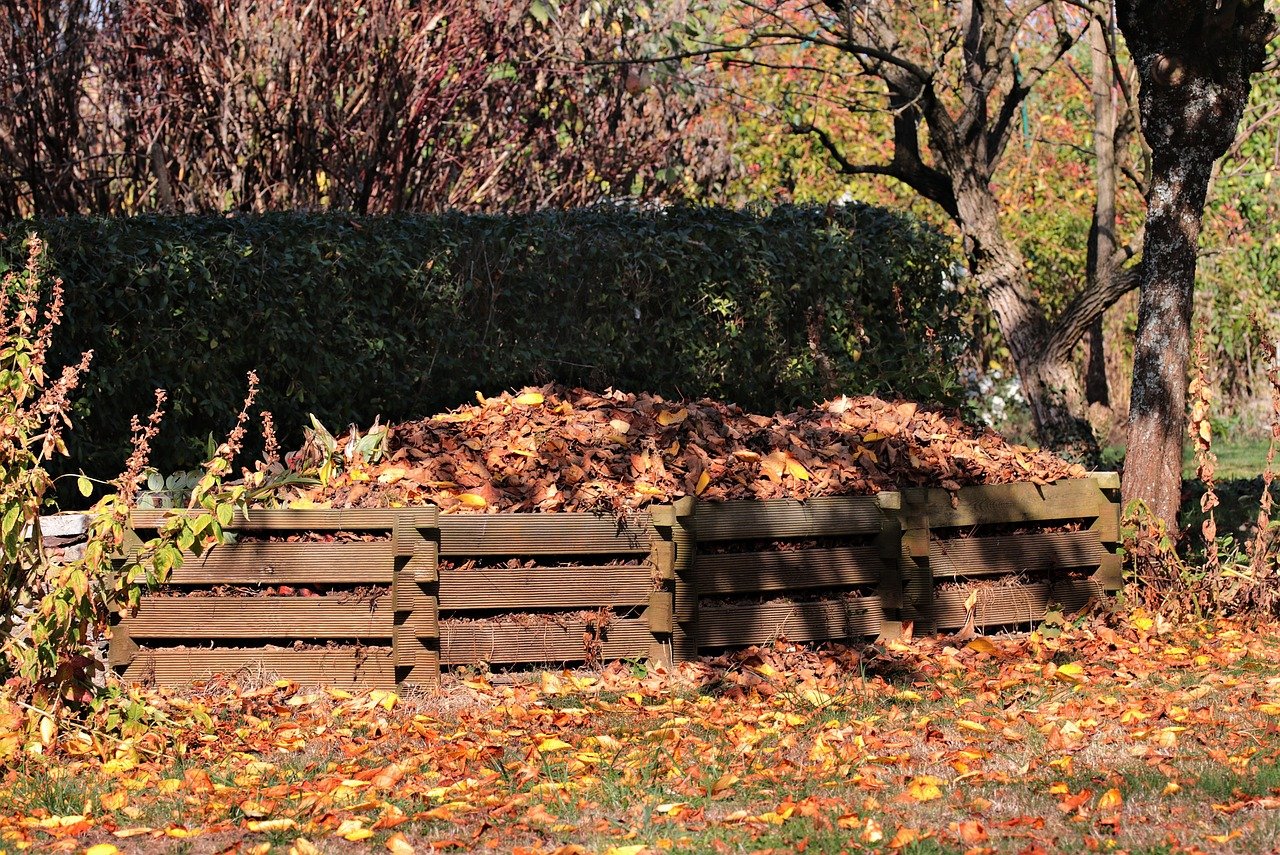
Tip: To stand the fruit tree upright, it is best to get a second person to hold it.
You can proceed in a similar way with potted bales if you expose the roots before planting. You should do this especially if the tree has been growing in the pot for a long time (for the reasons mentioned above). However, if the roots still had enough space in the pot, you can also place the root ball directly into the planting hole. Just break the root ball open a little at the side so that the roots can penetrate the new soil more easily. Put some rock flour around the root ball. Fill the hole with some humus, compost or potting compost, as well as the excavated soil, and fill in the soil around the tree. Don't forget to water your tree well at the end.
Also spread some (bark) mulch around the planted tree. This will prevent unwanted weeds from growing there for the time being, which could later rob the tree of important nutrients or secrete growth-inhibiting substances. Cardboard is also well suited for suppressing weeds.
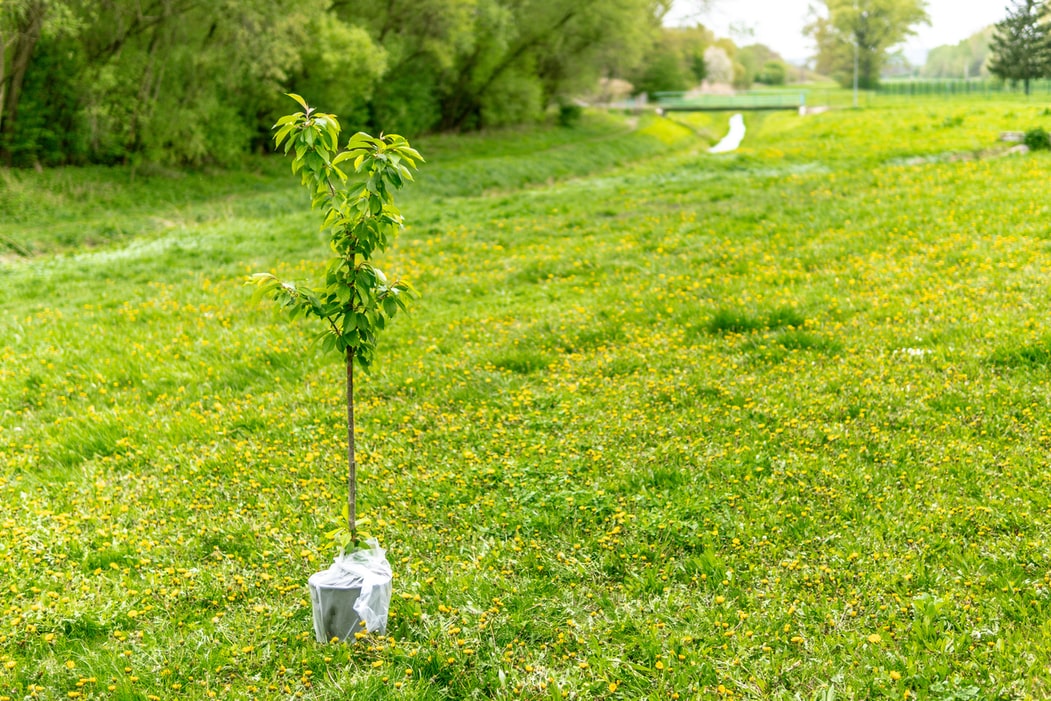
Tying up the Fruit Tree
If your fruit tree seedling is in an unprotected, windy location, you can also stabilize it with a stake. This should be placed close to the tree, against the main wind direction. To avoid damaging the roots, you can place the stake as soon as you refill the planting hole and then kick it down. Tie the tree to the stake at the top quarter of the trunk with a sturdy cord. Make sure that the tension between the string and the tree is not too great. Otherwise it will grow into the bark of the tree.
Protect Fruit Trees From Voles
If you have a vole problem in your garden, it is advisable to build a gravel basin around the planting hole. This layer of gravel will prevent the voles from munching on the fresh tree roots. The gravel is coarse enough for the rodents to avoid this layer and everything in it. The roots of the tree can penetrate the gravel layer if they are strong enough. To do this, fill the bottom of the planting hole with gravel. This layer can be approx. 5 - 10 cm thick/ 2 - 4 in. You should also add a layer of gravel to the sides. To do this, place a cardboard box 5 - 10 cm/ 2 - 4 in from the edge of the hole and fill the space between the box and the soil wall with gravel. This will ensure that the protective gravel surrounds the tree. For the inside of the planting hole, proceed as already explained. The cardboard will then rot over time and won't cause any further disturbance. You can read more about Repelling and Controlling Voles here.
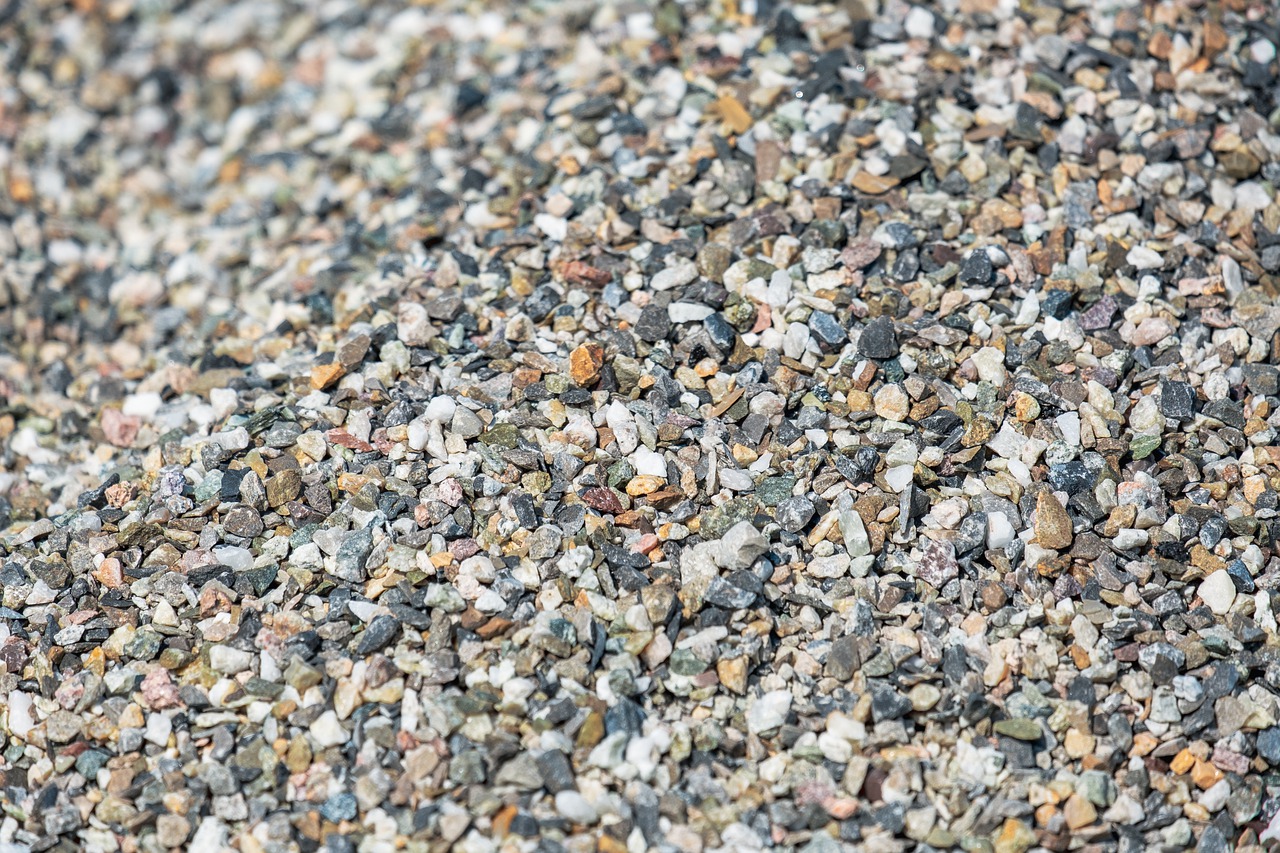
Table: Which Fruit Trees to Plant Next to Each Other?
Creating and Designing a Woodland Garden: Step-By-Step
You can not only plant your tree in a solitary location, but also integrate other plantings on and around this tree. The whole thing is based on the basic principles of Permaculture and Mixed Cultivation and is also known as a forest garden. You can start in the spring after planting your tree.
First Year: Planting Fast Growing Vegetables
Various types of runner bean can use the tree as a climbing aid and grow up the freshly planted partner. These beans supply the young tree with important nitrogen, because as legumes, beans can fix the plant nutrient from the air. But this partnership also has other advantages. When the beans climb the lower branches of the tree, these are automatically pulled slightly towards the ground. As a result, the tree does not grow too steeply upwards and can be better worked and harvested later. Furthermore, the flat-growing branches in particular bear fruit, which is why weighting them down with beans has a further advantage. A bean-covered tree can also look very aesthetically pleasing, especially if no leaves have yet grown on the tree in spring. Colorful flowers, such as those of the fire bean, can provide beautiful color accents early in the year.
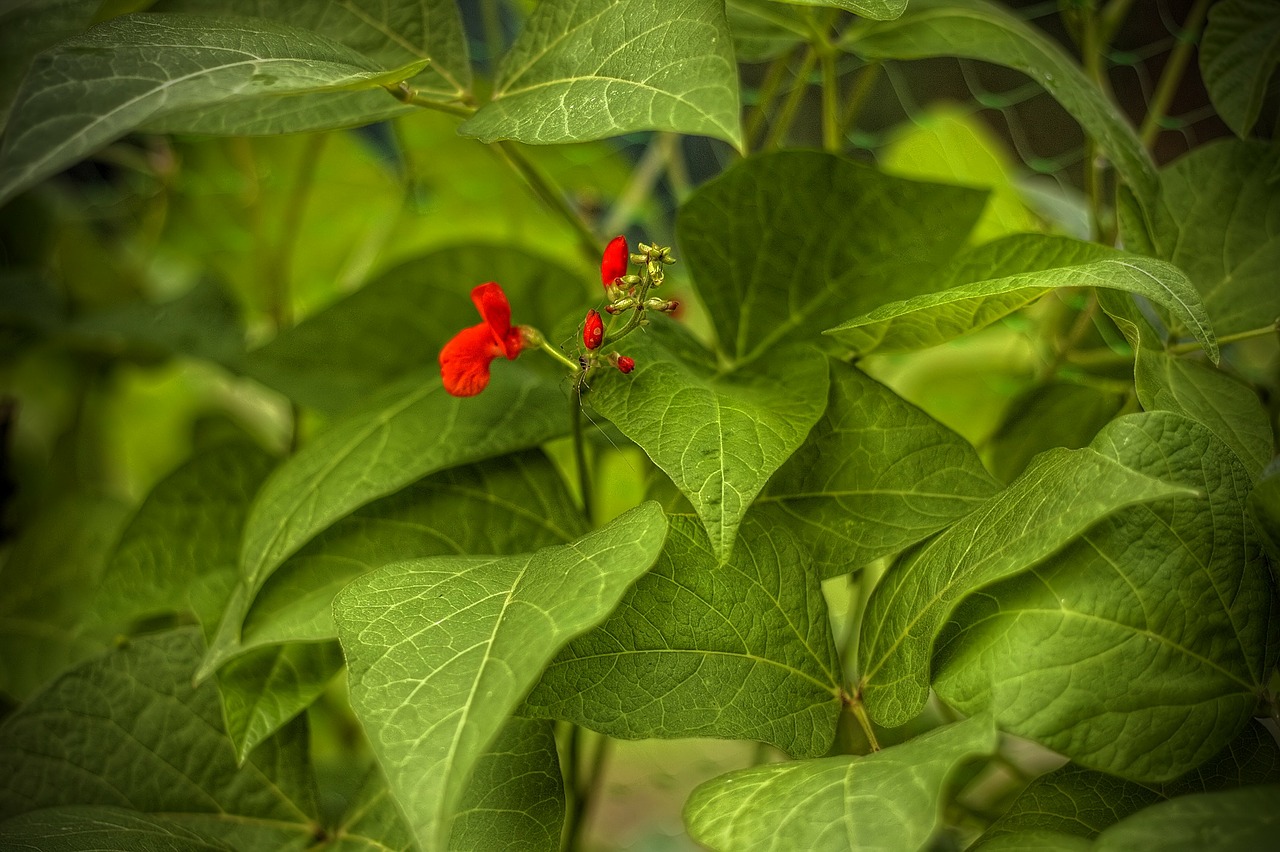
Potatoes are also great for planting around the tree. They remove excess nitrogen from the soil, which can be introduced into the soil if the compost is too harsh. Too much nitrogen can lead to "fattening" growth of the tree. It then quickly forms larger cells than under normal conditions. This makes the tree less stable and can lead to disease infestation more quickly. The easiest way to do this is to use a planting stick to drill holes around the tree's watering ring. You can then plant your potatoes in these holes. Once your potatoes have developed their foliage, this will provide additional protection from weeds and dehydration by providing shade.
Pumpkins have similar advantages to potatoes. You can sow them inside the watering ring. Later, direct the shoots of the pumpkin plant away from the tree. The large leaves of the pumpkin plant also provide protection by providing shade. As heavy feeders, pumpkins also extract excess nitrogen from the soil.
All three planting partners can also be planted in combination around the tree without any problems. The runners of the pumpkins only need to be directed outwards between the potatoes.
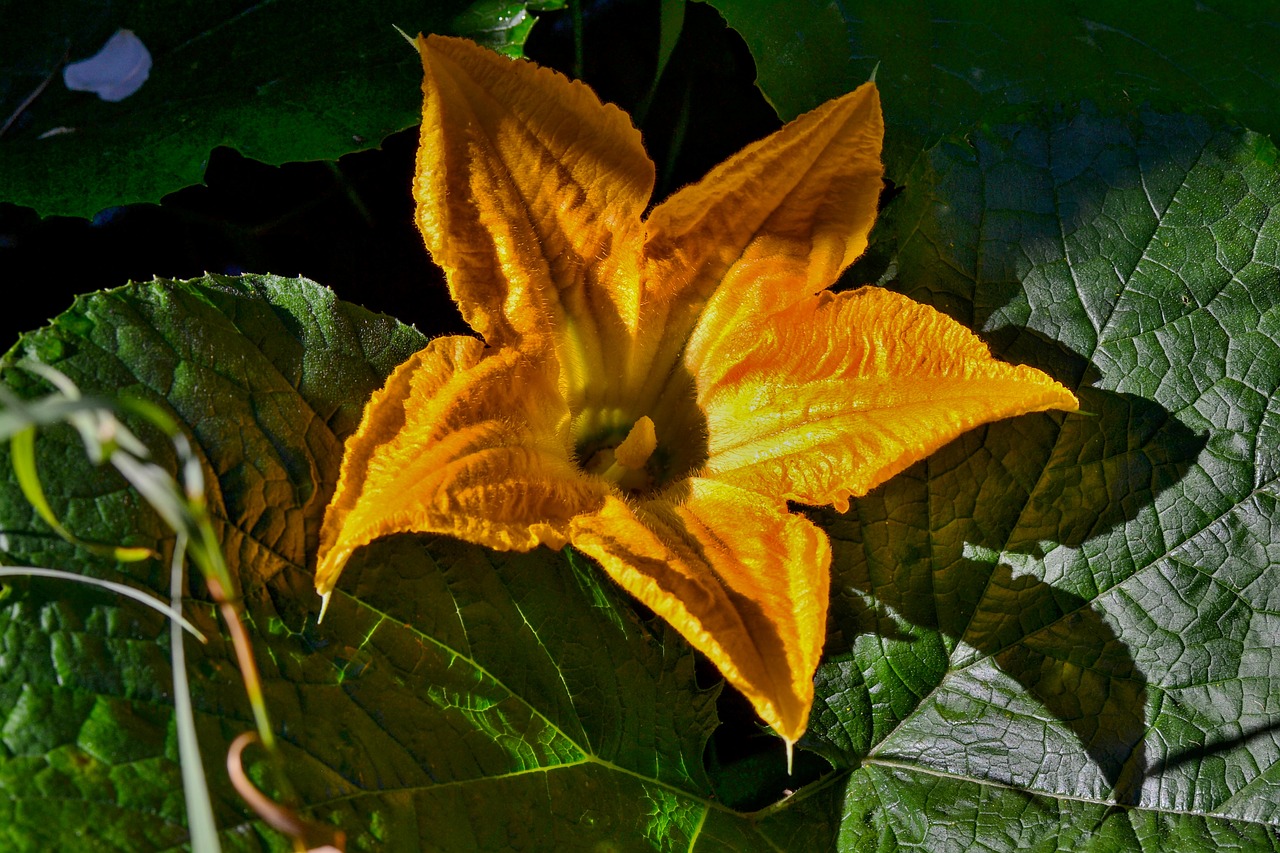
Second Year in the Forest Garden
In the second year after planting, you can already grow other crops in your forest garden. Note that your tree has grown and you can probably enlarge the watering ring a little. If you like the principle of mixed cultivation of potatoes, pumpkins and beans, you can do this again in the second year. However, only if you have also added sufficient compost when planting. You can also establish other perennial plants around your tree.
On the sunny side (south side) of your tree, use light-loving plants for this. Mediterranean herbs such as rosemary, thyme or lavender are ideal for this. But vegetables such as tomatoes and peppers also love the sun. Marigolds and marigolds also promote soil health. If you plant onions or leeks, the substances released into the soil will also inhibit grass growth.
The shady side (north side) of the tree can also be planted. Use plants that prefer to be in the shade anyway. Wild strawberries, spinach, woodruff and wild garlic are all perfectly suited to shady conditions.

Designing the Forest Garden in Subsequent Years
In the following years, you can continue to work on your forest garden. The tree is now strong enough to cope with deep-rooted plants in its surroundings. You can establish comfrey behind the watering ring. This can develop roots up to 5 m deep, which bring nutrients from deeper layers to the surface. These nutrient salts are stored in the plant's spreading leaves. Comfrey therefore makes excellent manure, which you can use to fertilize your tree or vegetable patch. The leaves can also be used as mulch. Beans, clover or other fabaceae can be used as green manure around the tree. Try out other plant combinations, there are no limits to your creativity.
I would be delighted if I could help you with the planting of fruit trees. You can of course also send feedback to [email protected]. If you don't want to miss any more articles, follow us on Instagram and Facebook or sign up directly for our newsletter.
Want to get helpful gardening tips all year round and plan your own beds in the best possible way? Then register here or download the Fryd app for Android or iOS.
Fryd - Your digital bed planner
Source : https://www.plantopedia.de/mischkulturtabelle-obstbaeume/

Isabell
Isabell studies agricultural sciences and loves to be surprised by nature and its complexity again and again. Herbs - whether gathered wild or in the garden - are her passion.
Learn MoreFAQ
When do you plant fruit trees?
Hardy varieties such as apples, pears, plums, mirabelle plums and cherries can be planted in the fall until November. While more sensitive varieties such as nectarines, peaches, apricots and walnuts should be planted in spring.
Until when can trees be planted in spring?
You should have planted your fruit trees between the beginning of March and April at the latest, as they still need enough time to grow well before they sprout.
Can fruit trees still be planted in May?
You can also plant fruit trees in May. However, choose seedlings in a pot and not bare-root fruit trees. This will help the trees grow faster.
How to protect fruit trees from voles?
It is best to add a thick layer of gravel to the planting hole when planting the seedling. This gravel pool should protect the roots from the hungry voles until the roots are big enough. Once the tree is older, the voles won't bother it as much.
What can I plant around a fruit tree?
You have many options, but you should always adapt to the size and age of the tree. In the first year, when the tree is still small, you can underplant sun-loving crops such as beans, pumpkins and potatoes. As the tree grows, you will need to adjust the underplanting (sunny and shady side). A good crop in a tree slice is comfrey, for example.

